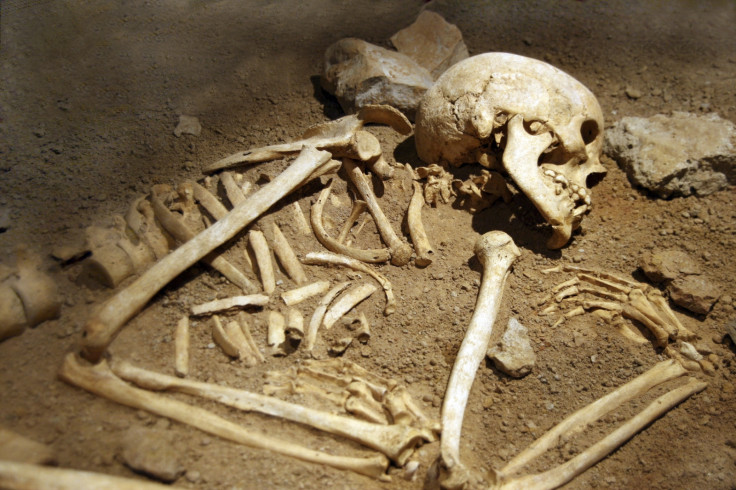Human sacrifice: Victims killed in bloody rituals in China 3,000 years ago were war captives
The victims were not local and had to adapt to the local diet.

Ancient sacrificial victims discovered at the Chinese archaeological site of Yinxu, 500 km south of Beijing, were probably kept as war captives before they were killed, archaeologists have said.
Yinxu was the capital of the late Shang Dynasty (1300-1046 BCE), and is now a significant archaeological site, which testifies to the development of a rich Chinese culture during the early Bronze Age.
But there is also a dark side to the period - past excavations at Yinxu have indeed revealed that ritual human and animal sacrifices were common during the Shang dynasty.
Many sacrificial pits have been identified and it is believed that in the space of just 200 years, thousands of people were sacrificed.
Yet little is known so far about their identity, or about the purposes of these bloody rituals. In a study now published in the Journal of Anthropological Archaeology, researchers have worked in the royal cemetery at Yinxu to investigate the social status and geographical origins of 68 human victims.
Restricted diet for the victims
Archaeologists working in Yinxu have been able to learn more about the culture of the Shang Dynasty over the years by studying oracle bone inscriptions - inscriptions carved on animal bones or turtle shells. Such texts covered a wide range of topics from state matters to the Shang kings' personal problems, including unsettling toothaches.
Some of these inscriptions also mentioned the fact that many sacrificial subjects killed during rituals were war victims. However, archaeologists had found little evidence to support this when they studied the burials.
Here, the team led by Christina Cheung, a bioarchaeologist at Simon Fraser University in Canada conducted stable carbon, nitrogen, and sulfur isotope analyses of humans remains to reconstruct the dietary practices of the 68 sacrificial victims. The archaeologists then compared those with the diets of 39 local residents from Yinxu. The analyses also helped them determine the origins of the victims.
They found that the victims were not local but were moved to Yinxu during the last part of their lives. The results also indicate that the victims adopted the local diet for at least a few years before being killed - and it appears that this diet was quite restricted, relying heavily on millet.
Overall, the findings confirm the idea that the sacrificial victims were probably war captives, brought from their homes to the Shang dynasty's capital. They were held prisoner in Yinxu for years - and not for a couple of days as archaeologists had previously hypothesised. It is possible that they worked as slaves until their death, as it would have made no sense to keep them alive for years without employing them usefully.
This study sheds a light on sacrificial practices in China more than 3,000 years ago and backs up the ancient texts discovered in the area.
"This discovery has significant implications for understanding the various tactics used by the Shang kings to consolidate power over their subjects, including the display of violence through mass sacrificial rituals," the researchers conclude.
© Copyright IBTimes 2025. All rights reserved.






















